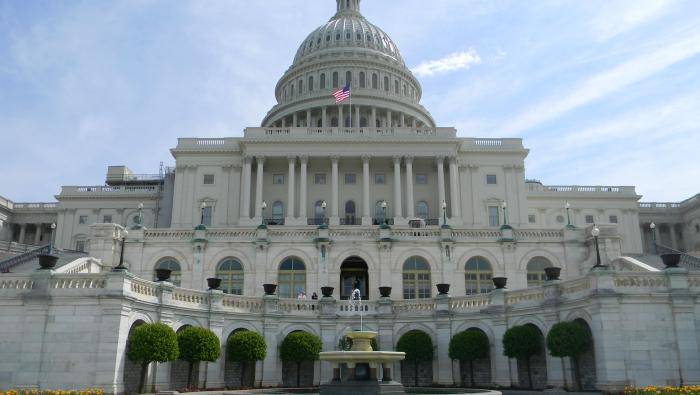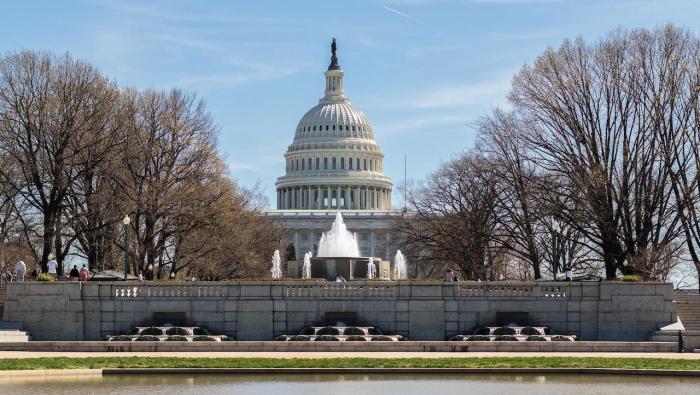The UK government is leading a campaign to delay the transfer of additional regulatory responsibilities to the European Aviation Safety Agency (EASA) until the agency resolves existing management and budgetary issues. Speaking at the British Business and General Aviation Association (BBGA) conference on March 7, UK Civil Aviation Authority chairman Sir Roy McNulty insisted that the agency is not yet equipped to take on responsibility for aircraft operations, flight crew licensing and the oversight of third-country (i.e. non-European) airlines.
Sir Roy–himself a member of the EASA board of directors–told the conference that several other European states privately support the UK position and are now lobbying the European Commission (EC) to delay plans to extend the EASA’s remit by 2008. Beyond the agency’s acknowledged budgetary problems, he believes that the EASA needs a stronger management foundation, drawing more heavily on the expertise of national aviation authorities in leading states such as France, Germany and the UK.
“The problem is that the [EASA] management board is drawn from all 25 member states, running the full range of expertise from former Communist states to western European states such as the UK,” he told AIN. “The EC is grasping the budgetary crisis, but not the fundamental management problems.” Sir Roy predicted that it would take about two years to resolve all of these issues, starting from the point at which the agency and the EC acknowledge the full scope of the problem.
Addressing BBGA members a couple of hours later, EASA executive director Patrick Goudou acknowledged the problems with the agency, but he rejected Sir Roy’s gloomy prognosis. “[The] EASA needs the right tools to do the job and this is clearly not the case today,” he said. However, he believes that EC top officials are ready to make the necessary changes and that this will be done through new legislation introduced before year-end. On this basis, he insisted that the EASA will be ready to take on its extended responsibilities in 2008.
According to Goudou, a study on a revised fees and charges system for the EASA was due to be presented to the EASA management board before the end of last month. He said that one option being seriously considered is a significant increase in direct EC funding for the agency to cover specific public service aspects of its work.
The EASA is obliged under EC regulations to fully recover from the industry all costs associated with its services, including staff and overheads. Until early 2008 it will continue the arrangement whereby it subcontracts much of this work to the national aviation authorities (NAAs), paying them for services rendered. EASA income derived from certification activities has fallen significantly short of the amounts projected, forcing the agency’s management to respond to a short-term budgetary crisis. Nonetheless, the EASA’s 2005 budget was balanced with a small surplus.
The full cost-recovery principle has been hard for the industry to accept because the vast majority of NAAs did not previously charge for certification and licensing.
Goudou said that the EASA currently employs some 210 technical experts and administrators–many of them recruited from the UK and other large NAAs. By the end of this year the Cologne, Germany-based agency’s payroll is due to increase to 300.
“We accept that the EC [budgetary] rules are far too complex and are not adapted to dealing with the industry,” the EASA executive director told BBGA members. “Revenues are lower than expected and we now doubt that full cost recovery is possible. We are consulting with our partners on other options and we know that the industry will not accept higher charges.”
At the BBGA conference, the trade association’s chief executive, Mark Wilson, urged the EASA not to neglect its duty to ensure the introduction of suitable operating rules covering aerial work activities and private flights that are not covered by the existing JAR-OPS 1 and 3 rules (for commercial fixed-wing and helicopter operations, respectively). “We are anxious that this issue does not fall through the cracks [when the EASA takes over operational regulations from the existing Joint Aviation Authorities] because proportional rules and charges are essential for our companies to compete,” he stated. Wilson is vice chairman of the EASA industry advisory board.
Tensions Mount over EASA
During the BBGA gathering it was hard not to pick up on a tense atmosphere between EASA officials and Sir Roy, a long-standing and vocal critic of the agency. The CAA chairman told a recent hearing of the British Parliament’s transportation committee that the EASA’s management and financial problems could eventually compromise safety standards unless they are rectified. However, Sir Roy stated that he does not expect the EASA’s performance to deteriorate to this extent without corrective action being taken.
Sir Roy also suggested that the EASA is causing unacceptable delays to type certification programs and that its recently agreed budget for this year will leave it short of funds necessary to complete its existing work within just a few months. This echoed a warning issued by Europe’s Aerospace and Defence Industries Association (ASD) in December that the EASA will not be able to handle its widening portfolio of responsibilities unless the agency receives significantly higher levels of funding.
The EASA’s top management has submitted its own written evidence to the UK parliamentary committee, reminding it that the EASA was created with the full backing of both the European parliament and of all European Union member states. Privately, EASA officials have indicated disappointment at what they see as misdirected and unconstructive criticism leveled by Sir Roy.
They insist that they have admitted that there are teething problems with the agency’s procedures, which they say are being addressed. In their view, it would be more useful for Sir Roy to work through both the UK government and the EASA management board to initiate the necessary changes to the regulatory constraints on the agency, rather than seeking to publicly undermine the credibility of the organization.
The EASA also pointed out that it was never intended that the agency completely replace the role of the NAAs. Indeed it added that, along with their counterparts from other EASA member states, the UK aviation officials play a part in implementing the bulk of European Union aviation law in the member states and in helping with certification work that is currently the agency’s main remit.
The EASA has already recruited some 30 technical experts from the UK and has said that it would be glad to hire more to increase its capabilities. The agency has argued that it is not possible to recruit 200 top-level certification staff in a short period of time, which is why it has had to work through a transitionary stage in which much of the work is still done by experts from the NAAs.
“The EASA and the NAAs are two pillars of the same structure, with a clear division of labor,” Goudou told the BBGA conference. “Aviation safety in Europe is still a shared responsibility and so differs from the [U.S.] federal system,” he said.
According to the ASD, the EASA’s annual budget is set to increase only by a further 4 percent by 2010 to reach €50 million ($59.7 million) despite the major increase in its workload that is envisioned. The association has declined to answer AIN’s questions about how much extra funding the EASA would need.
Publicly, the EASA has not joined the ASD’s chorus in demanding more EU money. However, the agency has not denied that it had originally requested a larger budget for this year, and a spokesman confirmed that some economies have had to be made.
The FAA has an annual budget of $13.8 billion–almost 300 times the EASA budget. That said, however, direct comparisons between the two agencies are not yet meaningful because the FAA has a much broader remit.
Of the €47.8 million ($57.2 million) in the EASA’s 2006 budget, €22 million ($26.3 million) comes in the form of direct subsidies from the EC. Around €20 million ($24 million) comes from fees paid by aerospace manufacturers for the certification of their products. The remaining funds come from a variety of smaller sources.






